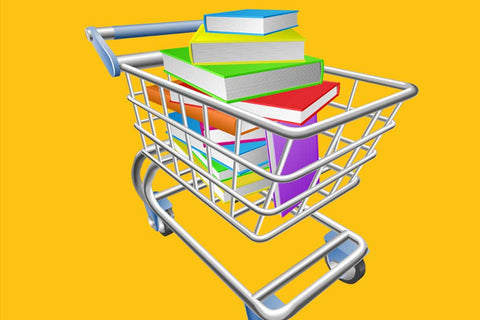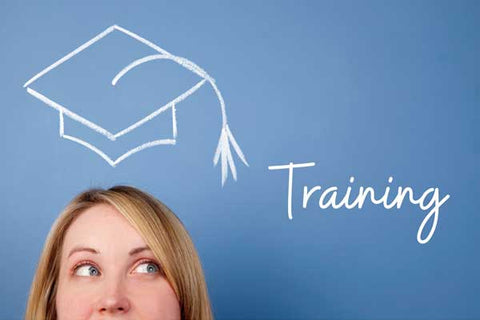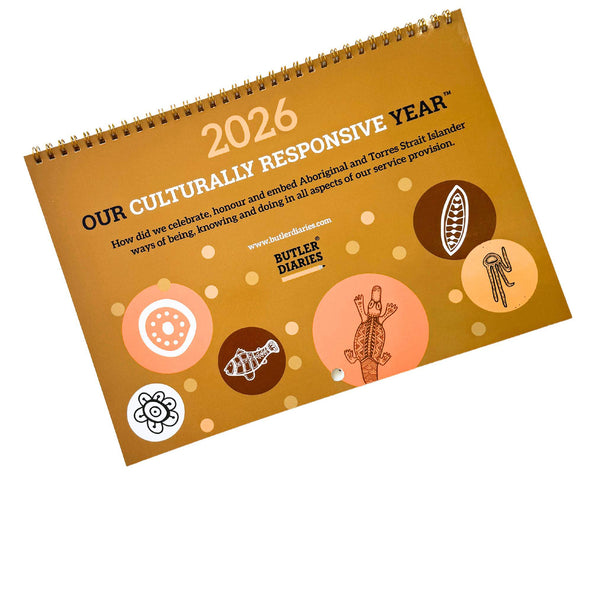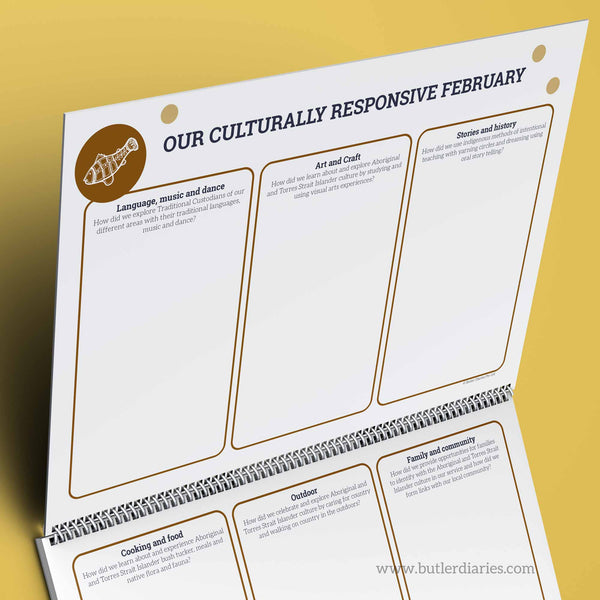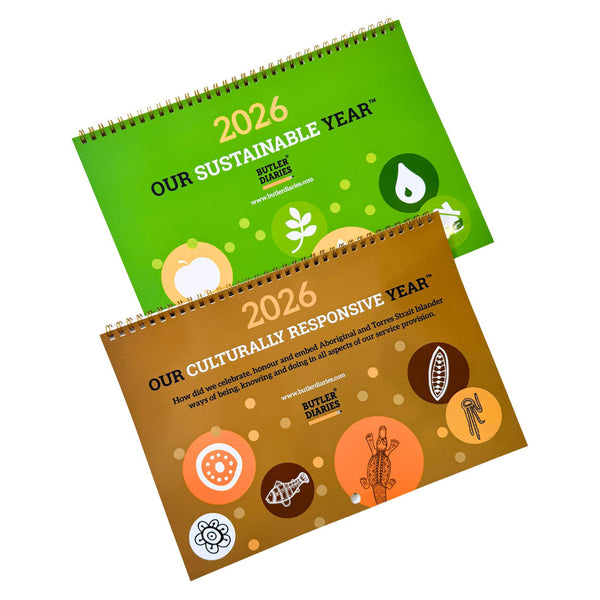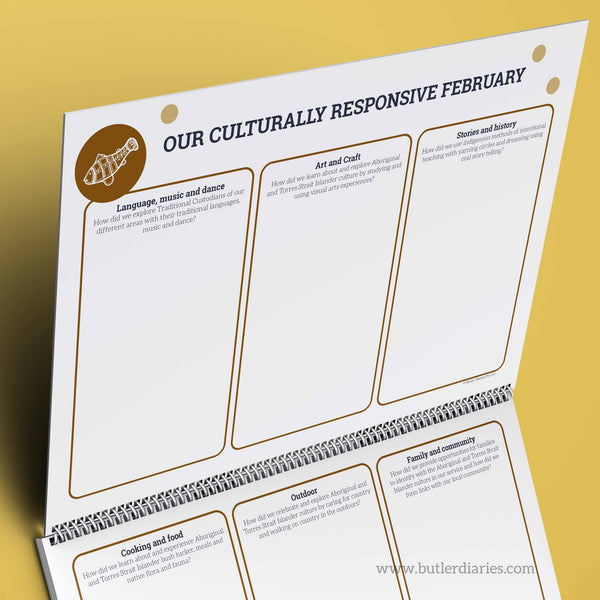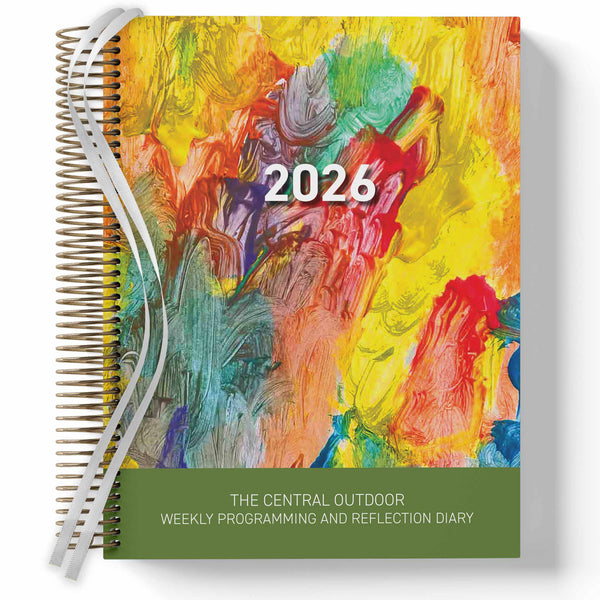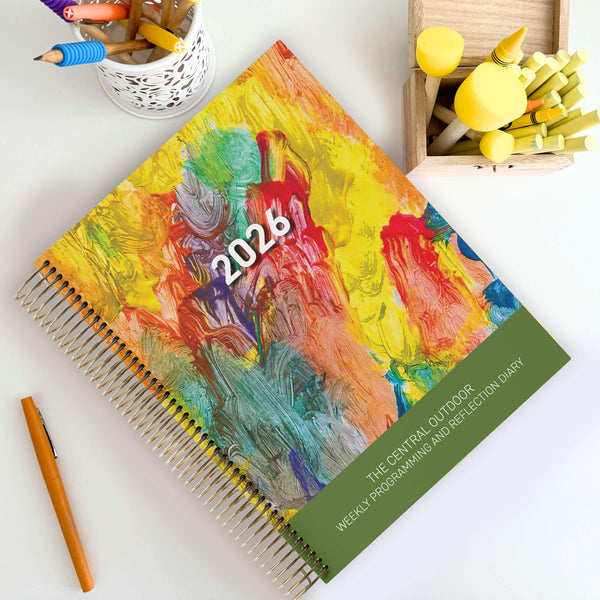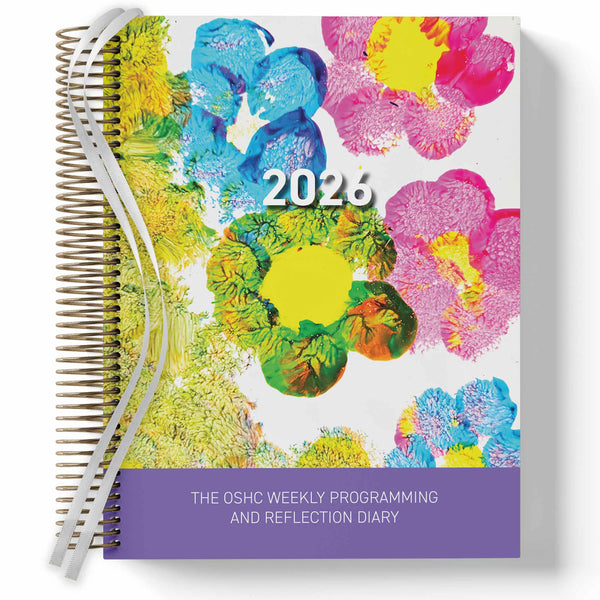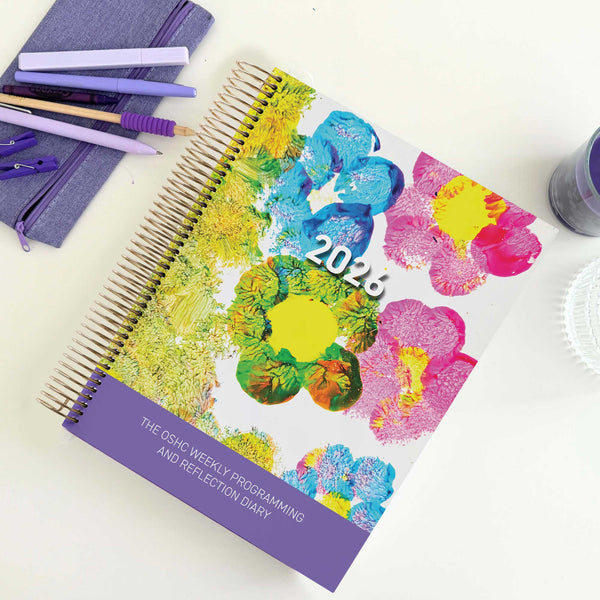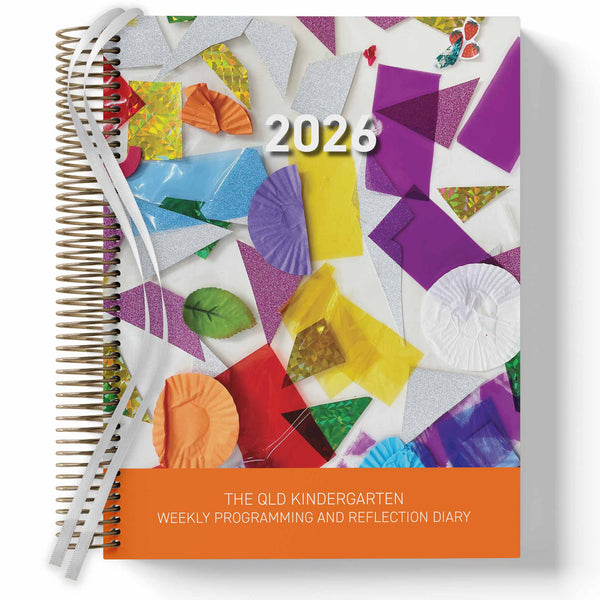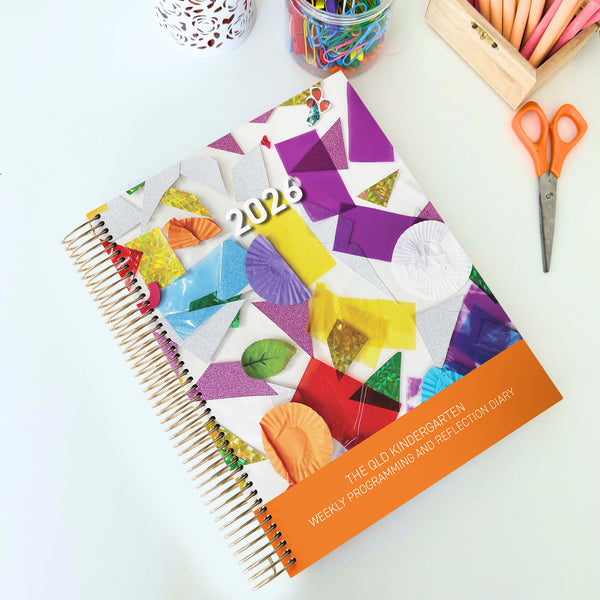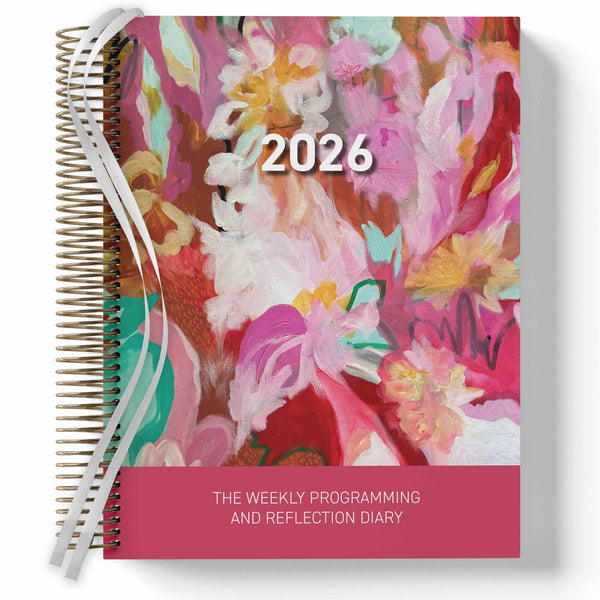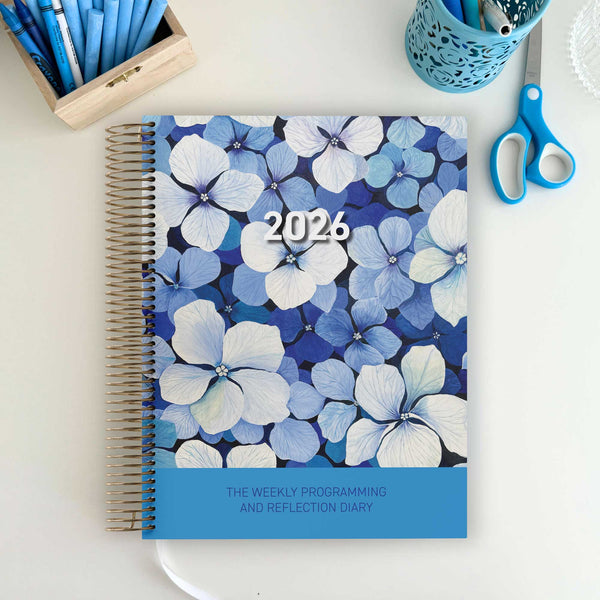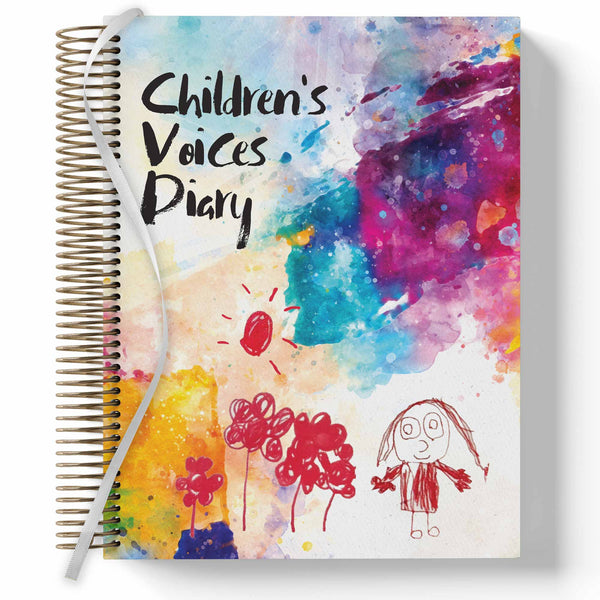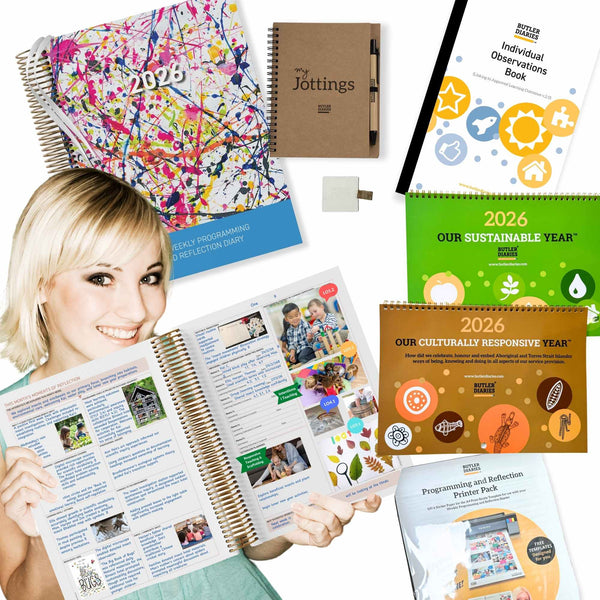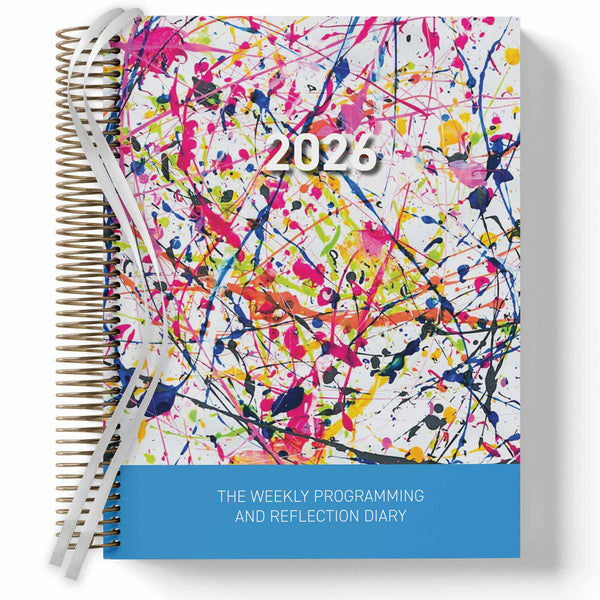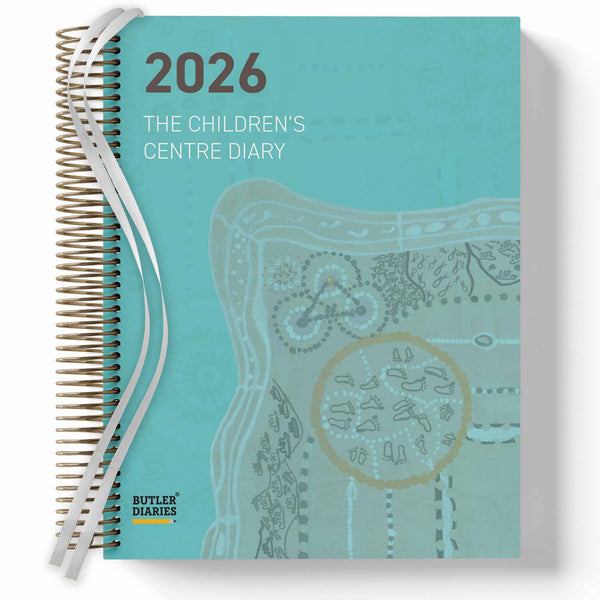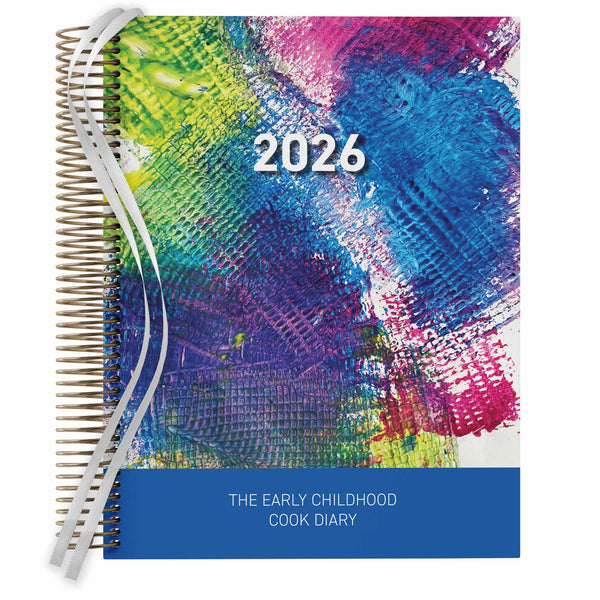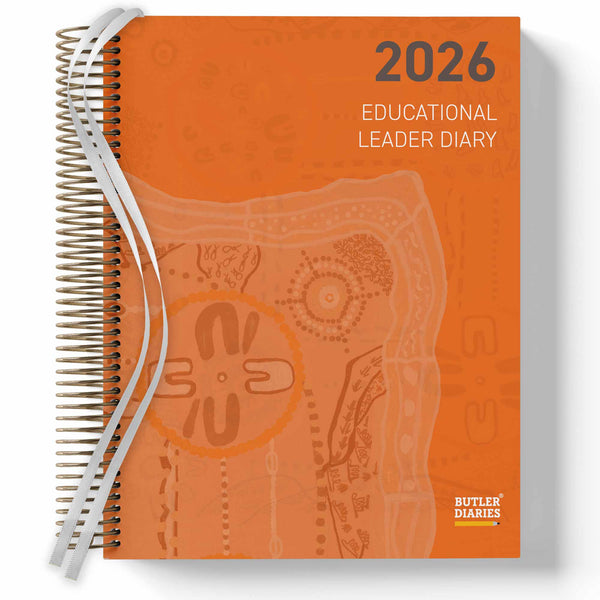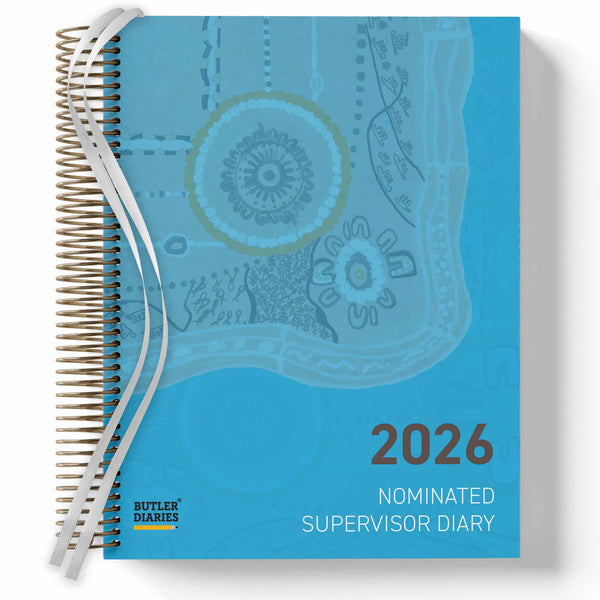The update to the Early Years Learning Framework (EYLF) version 2.0 reflects a deepening of practices rather than a radical shift. But for many educators, the question remains: “How do I actually implement this?”
The good news? You don’t need to overhaul your programming to align with the updated framework. These five small changes can have a big impact—both in compliance and, more importantly, in the quality of learning experiences for children.
1. Refresh Your Language
EYLF v.2.0 refines terminology to place greater emphasis on identity, agency, and inclusion. Using current language in your documentation, displays, and communication with families demonstrates professionalism and a clear alignment with the Framework. Examples include:
-
Swapping “activities” for “experiences”
-
Referring to “learning journeys” instead of “developmental checklists”
-
Describing “children’s agency” in everyday routines and play
2. Embed Children’s Voice
Children’s perspectives are central to EYLF v.2.0. Capture their voices through:
-
Direct quotes in observations
-
Voting systems or choice boards
-
Reflecting their interests in future planning
Your documentation should show a clear link between what children are expressing (verbally or non-verbally) and how the curriculum evolves in response. You can use tools like the Children's Voices Diary to collect input directly from the children.
3. Prioritise Sustainability and Environmental Awareness
The updated Framework includes increased focus on environmental responsibility. This doesn’t have to be complex. Start with:
-
Daily routines like turning off lights or composting
-
Reusing materials for art and construction
-
Talking about the natural world during outdoor play
Record these initiatives in your programming as examples of Outcome 2 in action. Check out our tools to help embedd Sustainability.
4. Strengthen Cultural Inclusion
Incorporate practices that reflect and celebrate diverse cultural identities. This might include:
-
Family contributions to curriculum planning
-
Resources that show a variety of cultural experiences
-
Acknowledging cultural practices in transitions and routines
Our Cultural Responsiveness Calendar acts as prompt to inspire every day cultural inclusion.
5. Deepen Critical Reflection
EYLF v.2.0 encourages more intentional and ethical reflection. Move beyond surface-level reflections (“the children enjoyed it”) and dig into questions like:
-
What learning occurred, and for whom?
-
How did our biases influence the experience?
-
What will I change next time and why?
Use these reflective prompts when reflecting in the reflection spread of your Weekly Programming and Reflection Diary.
Butler Diaries: Helping You Align with EYLF v.2.0
Every Butler Diary is updated to reflect the principles and language of EYLF v.2.0. From planning to critical reflection, our diaries prompt you to document in ways that align with the revised Framework—making your everyday work not just easier, but more meaningful.
Small changes don’t mean small impact. With the right tools and focus, you can confidently bring EYLF v.2.0 to life in your setting.
